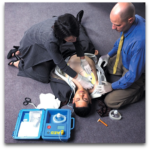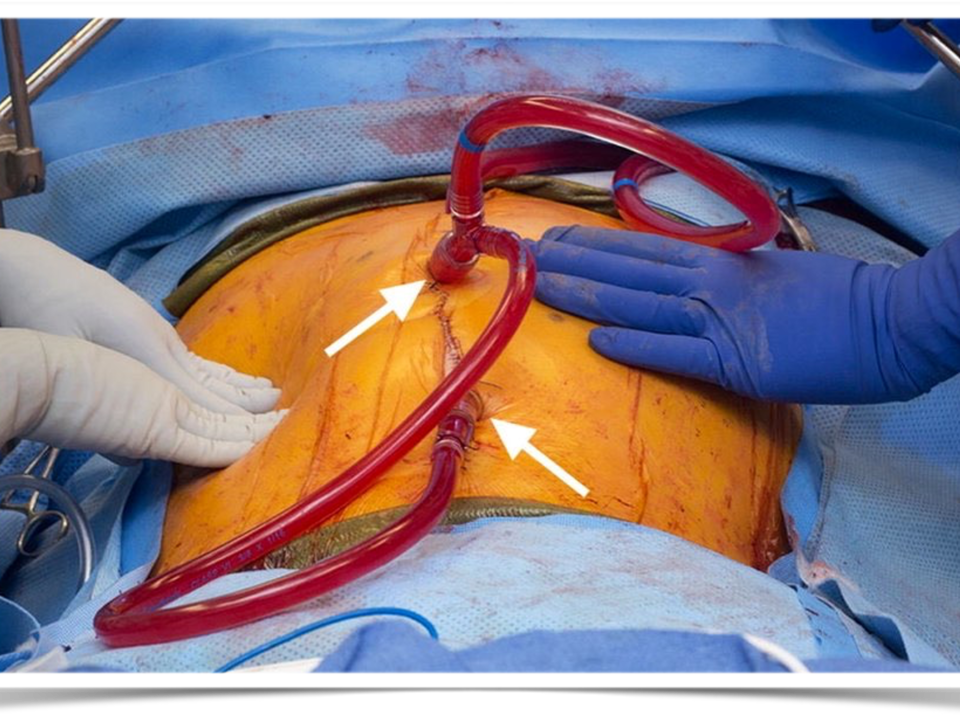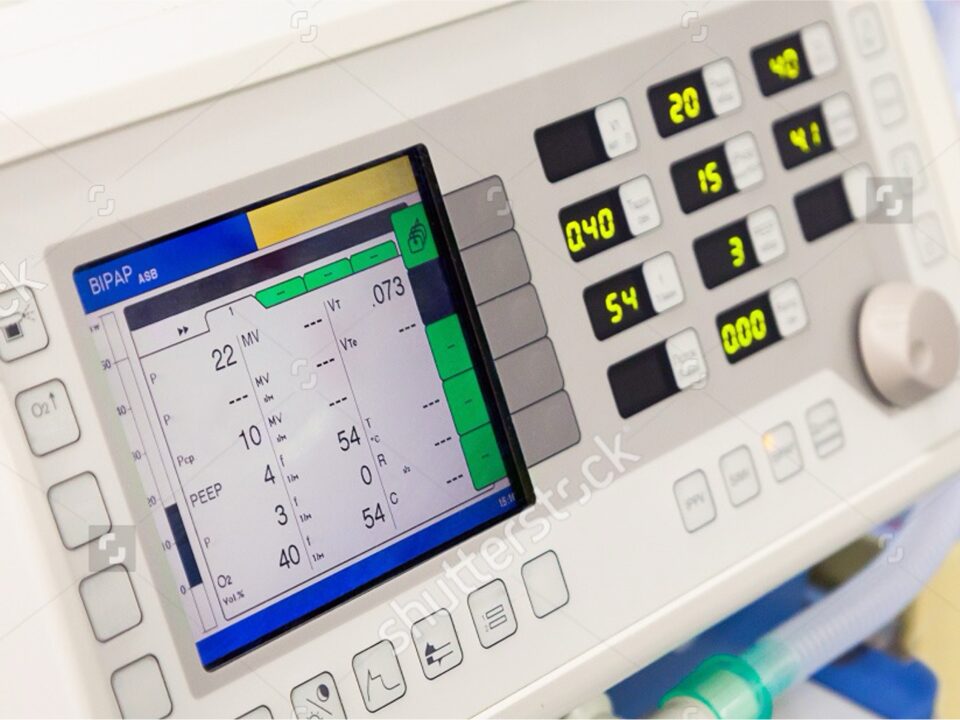The uploaded file, “Pulmonary Aspiration 2023,” provides an overview of pulmonary aspiration, its effects, management, and treatment. Pulmonary aspiration involves the inhalation of substances from the oral cavity or upper gastrointestinal tract, leading to conditions such as chemical pneumonitis and bacterial aspiration pneumonia. Initial effects include lung parenchyma irritation and acute inflammation within the first few hours, while chronic effects may result in lung abscess formation, particularly in patients with recurrent aspiration. The incidence of aspiration is relatively high, with estimates suggesting that up to half of adults aspirate during sleep, though outcomes vary widely. Predisposing factors include altered consciousness (e.g., seizures, alcoholism), neurological disorders, advanced age, dysphagia, and mechanical interventions like intubation. Clinical presentation often includes tachypnea, tachycardia, fever, hypoxia, and cough with purulent sputum. Radiological findings typically show infiltrates in dependent lung segments, which may resolve over time. Management focuses on immediate interventions such as oropharyngeal suctioning, patient positioning, and possibly intubation with endotracheal suctioning. Treatment for aspiration pneumonitis usually involves supportive care, including oxygen therapy, with antibiotics reserved for severe cases or those with persistent symptoms. For aspiration pneumonia, guidelines recommend treatment based on whether the event occurred in the community or a hospital setting, with specific antibiotic regimens tailored to the severity of the illness. Special considerations include post obstructive pneumonia and lung abscesses, often associated with periodontal disease or alcoholism, requiring targeted antibiotic therapy.

Regional Analgesia in Painless Childbirth 2024
February 7, 2025




